The world of avian beauty holds a captivating secret that has enamored nature enthusiasts and artists alike for centuries. Within this realm, one bird stands out with unparalleled magnificence – the peafowl. With its resplendent plumage and elegant demeanor, the peafowl is a creature that seems to have stepped straight out of a fairy tale. In this article, we embark on a journey to unveil the fascinating world of peafowl, exploring their remarkable characteristics, behaviors, and the cultural significance they hold.
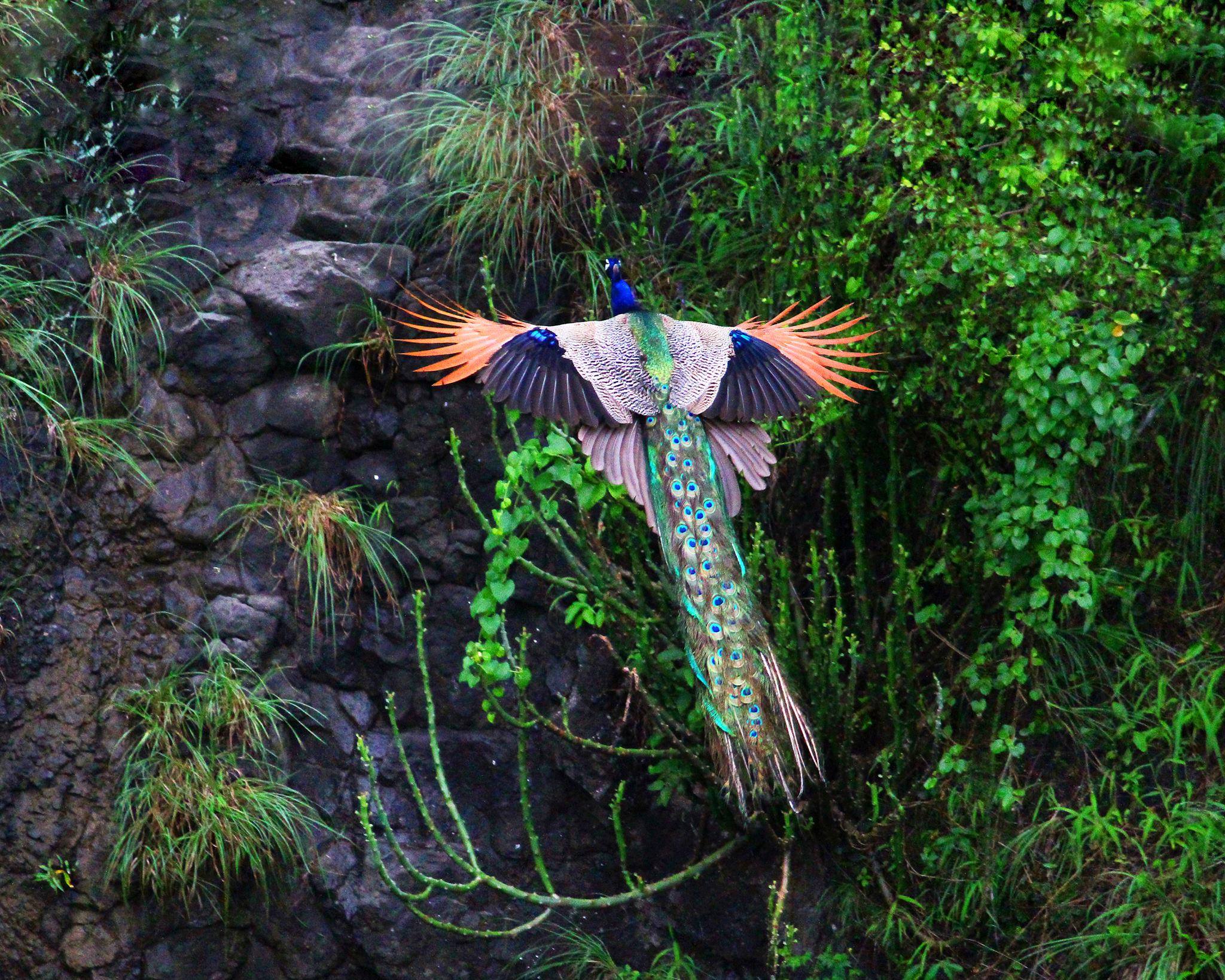
Peafowls are renowned for their extravagant plumage, which is undoubtedly their most distinctive feature. The male, known as the peacock, is the flamboyant showstopper. His tail feathers, or “train,” are adorned with iridescent, metallic hues of blues, greens, and bronzes. The vivid, eye-catching patterns created by these feathers are not only visually stunning but also serve a crucial role in attracting mates. During courtship displays, peacocks unfurl their tail feathers into a magnificent fan, creating a mesmerizing spectacle that is a testament to nature’s artistry.
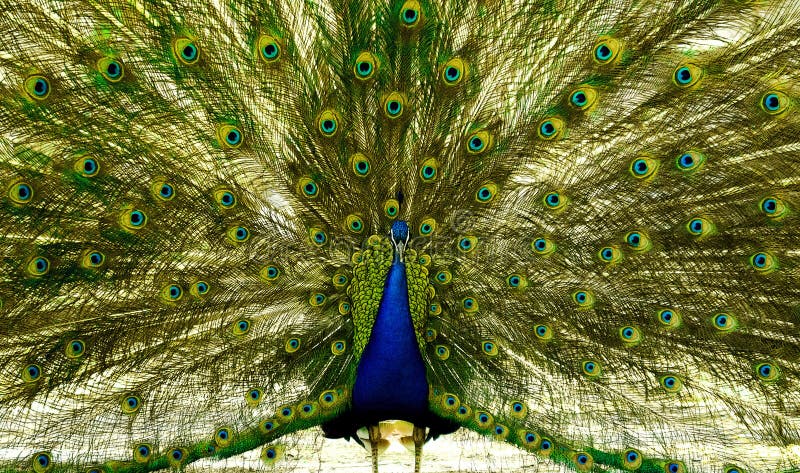
In contrast to the peacock’s flamboyance, peahens possess a more understated beauty. Their plumage is typically composed of brown and green shades, providing excellent camouflage to protect their nests and chicks from predators. Despite their less ostentatious appearance, peahens play a pivotal role in the courtship rituals. They carefully observe the peacock’s displays and select mates based on the splendor of their plumage, as it is a sign of good health and genetic fitness.
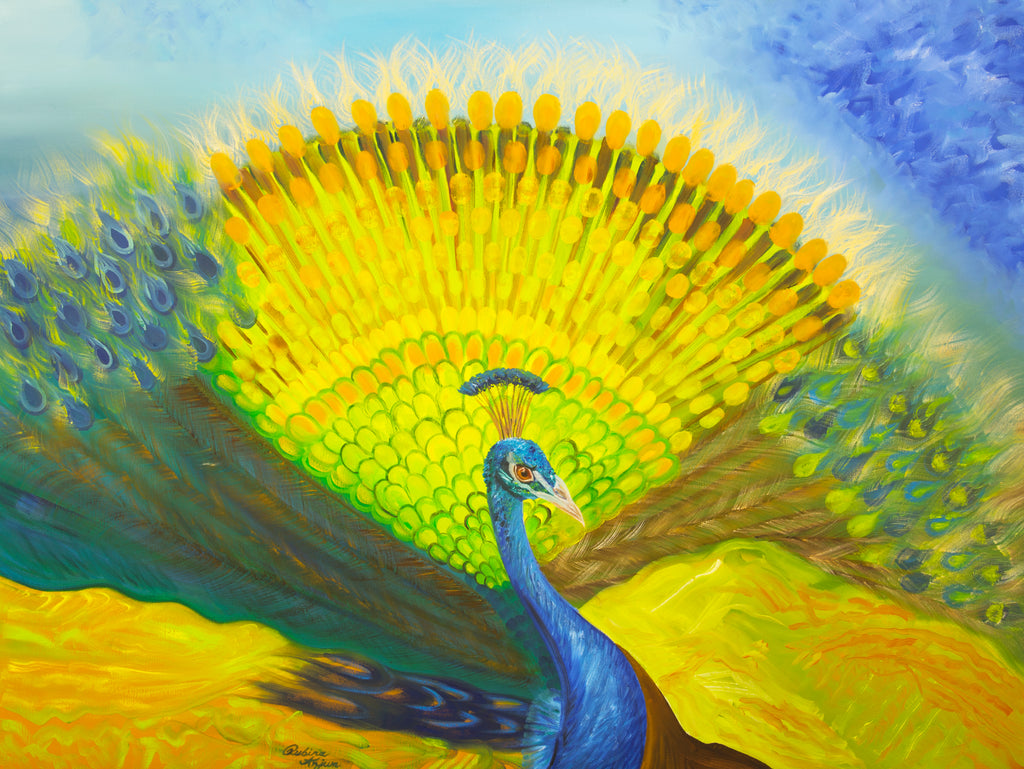
Peafowls are social birds, often found in small flocks. They exhibit a hierarchical structure led by dominant males. These males, who have successfully attracted peahens, are responsible for guarding the flock and maintaining order. When threats arise, they emit loud, piercing calls to alert the group. Peafowls are also opportunistic foragers, feeding on a diet of insects, fruits, and small vertebrates.
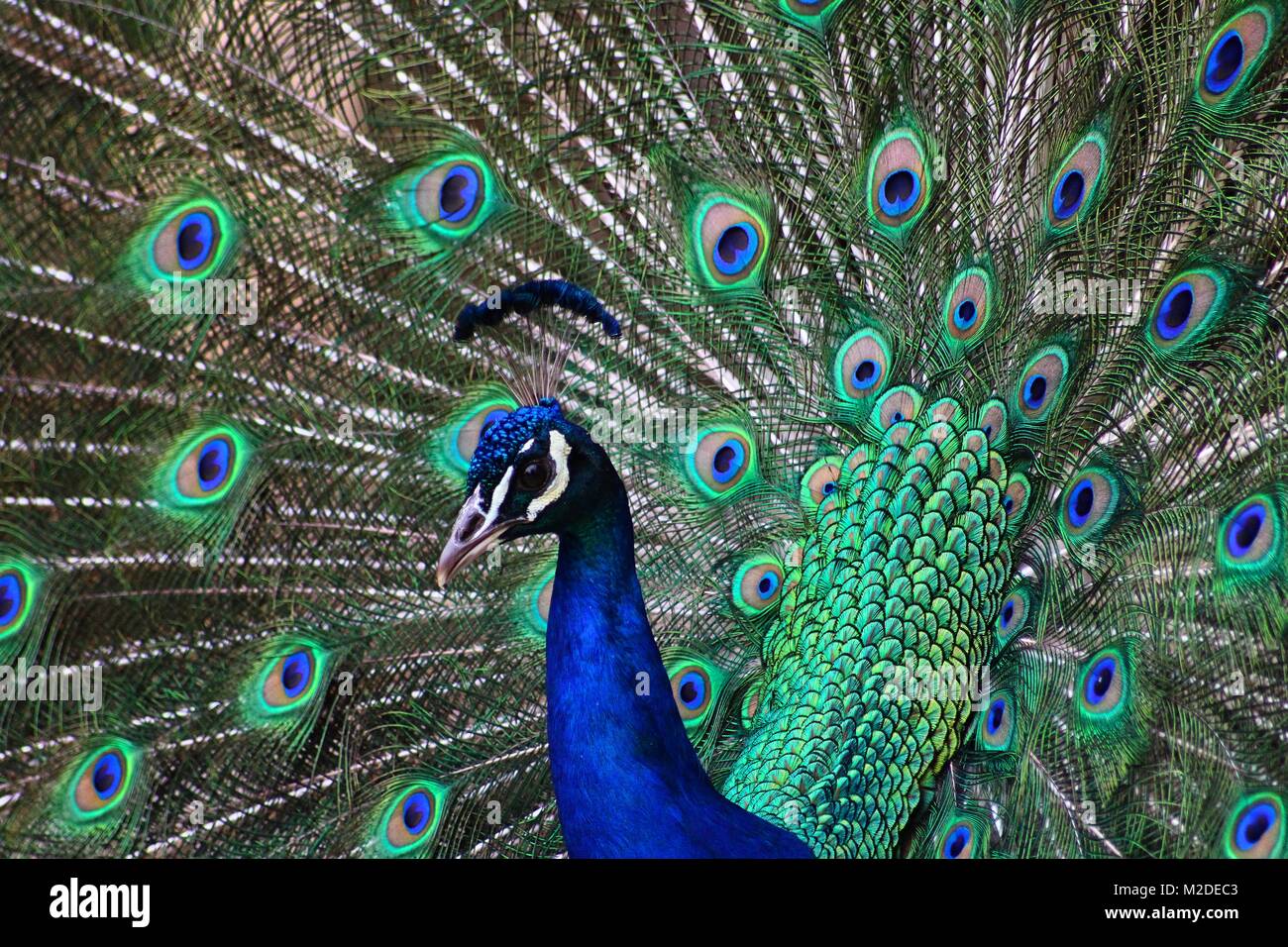
Peafowls have held a special place in various cultures throughout history. In Indian mythology, the peacock is associated with gods and goddesses and symbolizes beauty and grace. In ancient Greece and Rome, the bird was a symbol of immortality and renewal. Its feathers have been used for decorative purposes in clothing, jewelry, and art. Even today, the peacock’s image is often used as a symbol of opulence and elegance.

While peafowls are not currently considered endangered, habitat loss and hunting pose potential threats to their populations. Conservation efforts are essential to ensure that these magnificent birds continue to grace our world with their presence for generations to come.
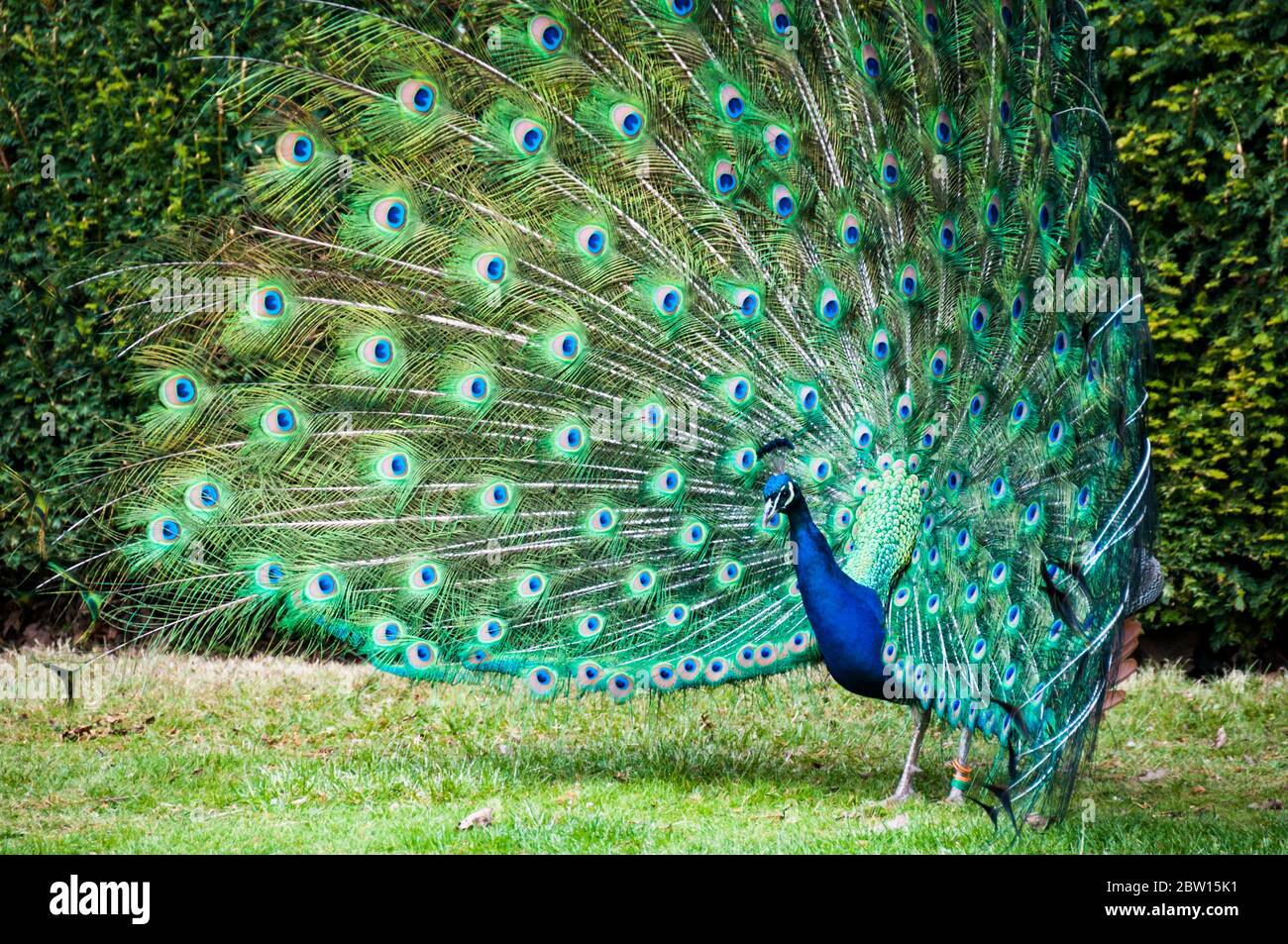
The peafowl, with its spectacular plumage, intricate courtship rituals, and cultural significance, is a creature that continues to captivate and inspire. As we delve into the fascinating realm of peafowls, we are reminded of the extraordinary beauty that nature has to offer, a beauty that has enchanted humanity for centuries and will undoubtedly continue to do so in the future.
